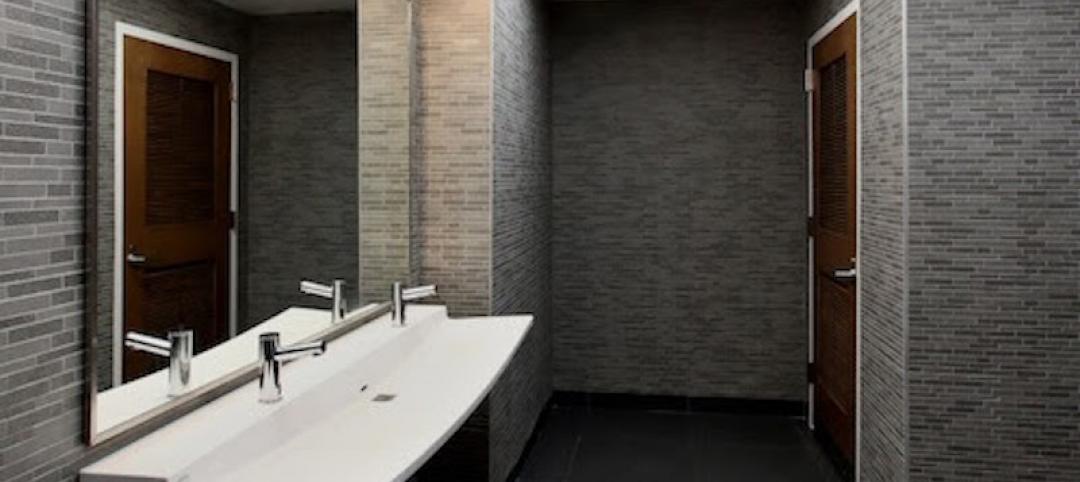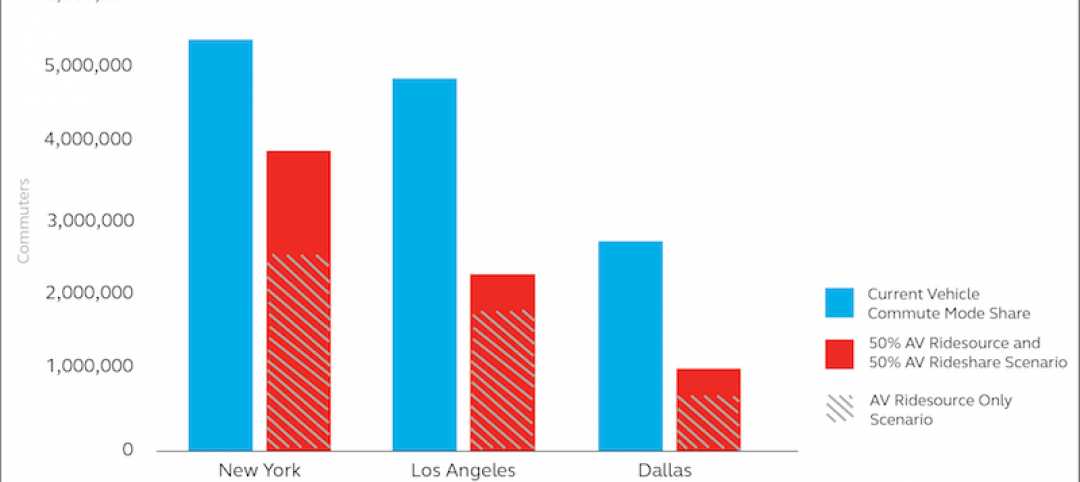A study released today by the Beacon Hill Institute found that Ohio schools built under government-mandated project labor agreements (PLAs) cost 13.12 percent more than schools that were bid and constructed through fair and open competition, free from PLA requirements. The study looked at 88 schools built in Ohio since 2000 and found that those built under a PLA mandate cost $23.12 more per square foot than projects built without PLA mandates.
“The study released today by the Beacon Hill Institute corroborates past academic research that shows that anti-competitive government-mandated PLAs prevent taxpayers from getting the best return on their investment,” said ABC Vice President of Regulatory, Labor and State Affairs Ben Brubeck. “All taxpayers deserve efficient, accountable and effective construction spending and investment in schools and infrastructure free from special-interest handouts that discourage competition from qualified, local workers and contractors.”
“Associated Builders and Contractors encourages Ohio lawmakers to join the 23 pro-taxpayer states that have passed measures that ensure government neutrality toward PLAs,” said Brubeck. “Additionally, ABC encourages President Trump to rescind President Obama’s Executive Order 13502, which promotes costly PLA mandates on federal and federally assisted construction projects, and replace it with a common-sense policy that would guarantee fair and open competition from America’s best construction companies and create opportunities for America’s entire skilled construction workforce as Washington considers a federal infrastructure plan.”
The full study, Project Labor Agreements and the Cost of School Construction in Ohio, is available on the Beacon Hill Institute's website.
Related Stories
Market Data | May 1, 2017
Nonresidential Fixed Investment surges despite sluggish economic in first quarter
Real gross domestic product (GDP) expanded 0.7 percent on a seasonally adjusted annualized rate during the first three months of the year.
Industry Research | Apr 28, 2017
A/E Industry lacks planning, but still spending large on hiring
The average 200-person A/E Firm is spending $200,000 on hiring, and not budgeting at all.
Architects | Apr 27, 2017
Number of U.S. architects holds steady, while professional mobility increases
New data from NCARB reveals that while the number of architects remains consistent, practitioners are looking to get licensed in multiple states.
Market Data | Apr 6, 2017
Architecture marketing: 5 tools to measure success
We’ve identified five architecture marketing tools that will help your firm evaluate if it’s on the track to more leads, higher growth, and broader brand visibility.
Market Data | Apr 3, 2017
Public nonresidential construction spending rebounds; overall spending unchanged in February
The segment totaled $701.9 billion on a seasonally adjusted annualized rate for the month, marking the seventh consecutive month in which nonresidential spending sat above the $700 billion threshold.
Market Data | Mar 29, 2017
Contractor confidence ends 2016 down but still in positive territory
Although all three diffusion indices in the survey fell by more than five points they remain well above the threshold of 50, which signals that construction activity will continue to be one of the few significant drivers of economic growth.
Industry Research | Mar 24, 2017
The business costs and benefits of restroom maintenance
Businesses that have pleasant, well-maintained restrooms can turn into customer magnets.
Industry Research | Mar 22, 2017
Progress on addressing US infrastructure gap likely to be slow despite calls to action
Due to a lack of bipartisan agreement over funding mechanisms, as well as regulatory hurdles and practical constraints, Moody’s expects additional spending to be modest in 2017 and 2018.
Industry Research | Mar 21, 2017
Staff recruitment and retention is main concern among respondents of State of Senior Living 2017 survey
The survey asks respondents to share their expertise and insights on Baby Boomer expectations, healthcare reform, staff recruitment and retention, for-profit competitive growth, and the needs of middle-income residents.
Industry Research | Mar 14, 2017
6 ways cities can prepare for a driverless future
A new report estimates 7 million drivers will shift to autonomous vehicles in 3 U.S. cities.

















